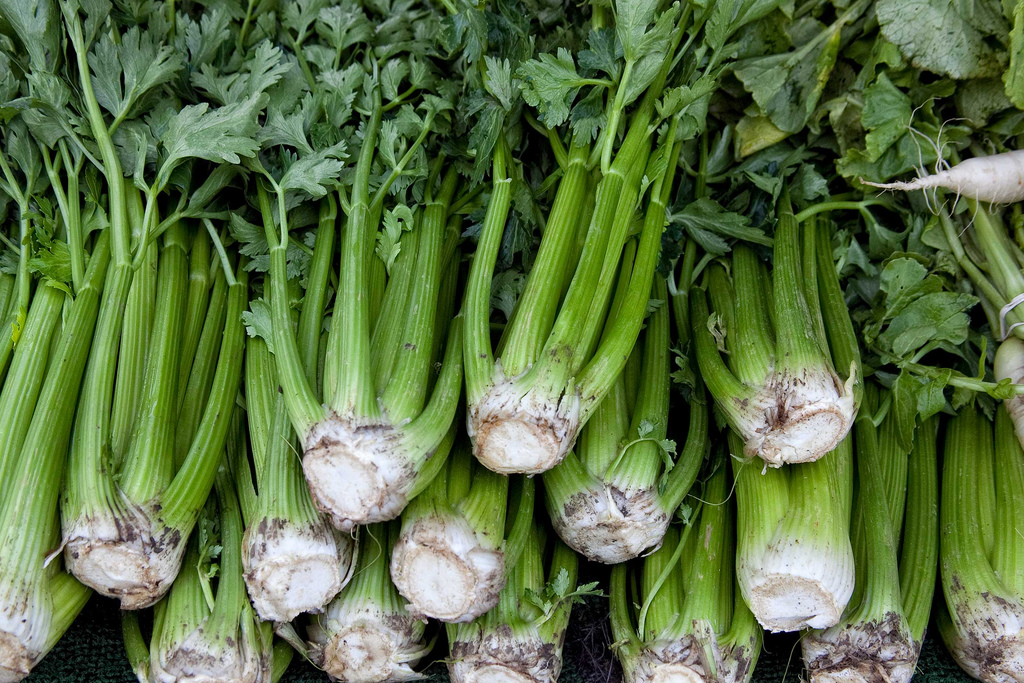Another one to frequent the dirty dozen list of produce, celery is one plant challenging enough to grow. Foods under the “dirty dozen” list are thin-skinned fruits and vegetables we don’t usually peel before eating or cooking. They can be hazardous to health since they may be treated with chemicals such as pesticides and fertilizers.
Going back, planting celery demands time and attention. But if you’re up to a challenge for good results, then follow these steps in raising this plant.

Directions:
- Time. Celeries should first be planted indoors if you want to increase your success rate. Ideally, you can start planting it 8-10 weeks after the last average frost in your place.
- Soil and Temperature Condition. Ninety per cent of celery is water; hence, a moist condition is a must. While it can be picky for temperature, it goes along with any soil type as long as it is fertile. It is possible to direct plant it even during late summer but be sure to maintain 55-70⁰F temperature in its growing period.
- Germination. You can soak the seeds in warm water overnight before planting the seeds to reduce germination time. You can work with organic fertilizer or compost before planting the seeds. Harden first the seedling before transplanting by lessening water slightly and keeping them exposed outdoors for a couple of hours per day.
- Tending. Mulching and watering celeries is a must if you want them to be healthy. Add water dosage most especially during dry and hot seasons. Tie growing stalks together to avoid reclining stalks.
- Harvesting. Harvest celery stalks which are seen just above the ground. You can start harvesting when the stalks reach the height of 8 inches tall. Note that the darker stalks the celeries have, the more nutrients they contain. Keep celeries inside plastic bags and refrigerate until 2 weeks max.
